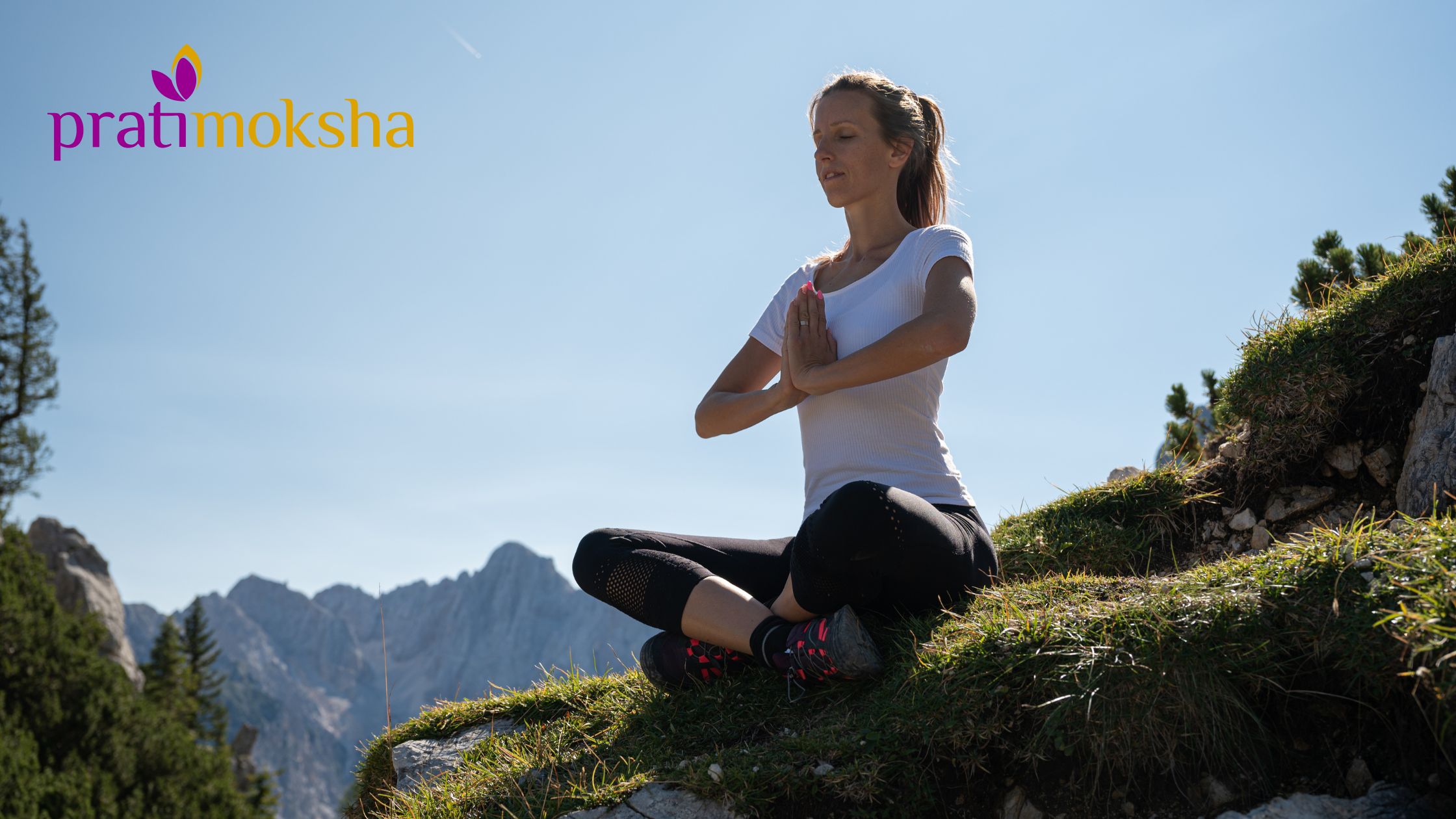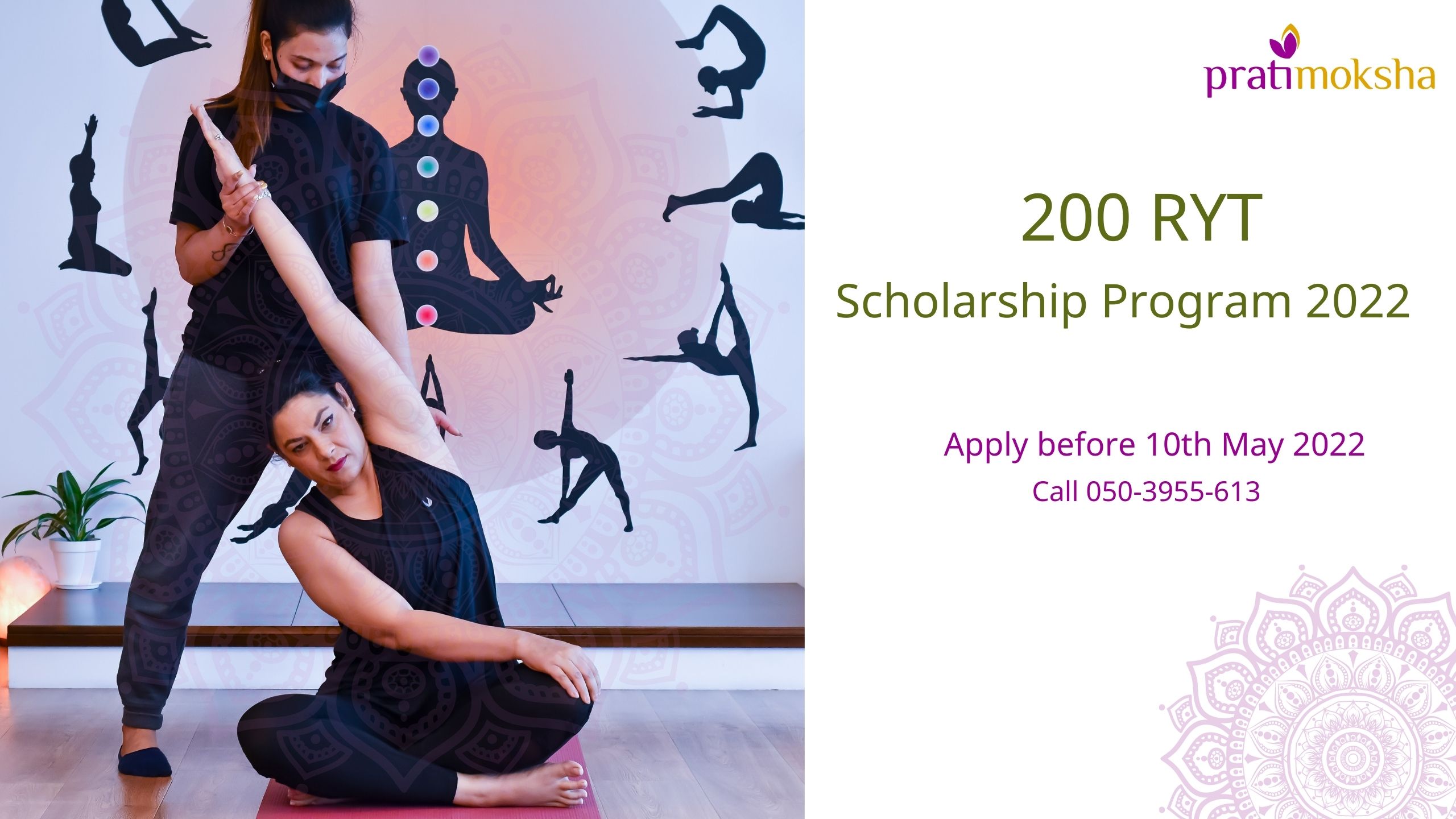The seasons may not change dramatically in Dubai the way they do elsewhere, but August still feels like a shift. The school year begins, work schedules ramp up, and the city’s pulse quickens after the slower summer pace.
For some, this transition feels exciting. For others, it triggers something less pleasant—restlessness, anxiety, and even panic. If your heart races, your thoughts spiral, or you feel on edge without a clear reason, you’re not alone. The good news? Your most powerful tool to calm your mind and body is already with you: your breath.
Why Seasonal Shifts Affect Anxiety Levels
Even in a city with relatively consistent weather, lifestyle transitions can be just as impactful as climate changes.
- Routine disruption – Going from relaxed summer schedules to structured routines creates stress on the nervous system.
- Heat and humidity – Late summer’s heavy air can make breathing feel labored, heightening sensations of anxiety.
- Increased demands – Parents juggle school drop-offs, traffic, and after-school activities, while professionals face heavier workloads.
- Hormonal changes – Stress and irregular sleep during this period can affect hormonal balance, further increasing anxiety.
In fact, according to the Dubai Health Authority, nearly 1 in 3 residents report elevated stress levels during the July–September period, making this an especially important time to support mental well-being.
Why Breath is Your First Line of Defense
When you feel anxious, your breath changes—it becomes shallow, fast, and irregular. This sends a message to your brain that something is wrong, keeping your body in “fight-or-flight” mode.
By consciously changing the way you breathe, you send the opposite signal: “I’m safe. I can relax.” This is why breathwork is one of the fastest and most effective tools for calming anxiety.
Yoga Therapy’s Approach to Breath and Anxiety
At Pratimoksha, we work with clients to restore a natural, steady breathing rhythm—one that supports both body and mind. Under the guidance of Lalitha Viswanath, our yoga therapy sessions combine breathwork with gentle movement and relaxation to:
- Reduce overactivity in the nervous system
- Lower heart rate and blood pressure
- Release physical tension in the chest, neck, and shoulders
- Increase mental clarity and emotional stability
3 Powerful Breathing Techniques for Anxiety Relief
You can practice these anywhere—at your desk, in your car (while parked), or before bed.
- Nadi Shodhana (Alternate Nostril Breathing)
Balances the left and right hemispheres of the brain, promoting calm and focus.
How to do it:
- Sit comfortably with your spine tall.
- Close your right nostril with your thumb, inhale through your left nostril.
- Close the left nostril with your ring finger, exhale through the right nostril.
- Continue for 5–10 cycles.
- Bhramari (Humming Bee Breath)
The gentle vibration created in this breath soothes the vagus nerve, reducing anxiety almost instantly.
How to do it:
- Close your eyes and take a deep breath in.
- Exhale slowly while making a low humming sound.
- Feel the vibration in your head and chest.
- Repeat for 5–7 rounds.
- Dirgha Shwas (Three-Part Breath)
Encourages full oxygen exchange and deep relaxation.
How to do it:
- Inhale into the belly, then expand the ribs, then lift the chest.
- Exhale slowly in reverse order.
- Continue for 2–3 minutes.
Gentle Yoga Poses to Pair with Breathwork
Breathwork works best when your body is relaxed and open. These gentle poses can help:
- Balasana (Child’s Pose) – Grounds energy and relaxes the back.
- Viparita Karani (Legs-Up-the-Wall Pose) – Calms the nervous system and relieves fatigue.
- Supta Baddha Konasana (Reclined Bound Angle Pose) – Opens the chest and hips for deeper breathing.
We often include these postures at the start of our anxiety-focused sessions so breathwork flows more easily.
For Panic Attacks: Quick Breath Resets
If you feel a panic attack coming on, long breath-holds can sometimes worsen the sensation. Instead, try:
- Box Breathing (4-4-4-4) – Inhale for 4 counts, hold for 4, exhale for 4, hold for 4.
- Extended Exhale Breathing – Inhale for 4 counts, exhale for 6–8 counts to signal safety to your nervous system.
These techniques can be practiced discreetly, even in public.
Why Breathwork Works So Well for Seasonal Transitions
Unlike other wellness tools that require a lot of time or equipment, breathwork is:
- Instantly accessible – You can use it in the middle of a stressful situation.
- Physiologically effective – It directly influences heart rate, blood pressure, and hormone levels.
- Cumulative in effect – The more you practice, the quicker your body responds.
This is why many of our clients in Dubai notice improvements in mood, focus, and resilience within just a few weeks of starting a daily breathwork routine.
Creating Your Breathwork Ritual
Here’s a simple 10-minute daily practice to ease anxiety during seasonal changes:
- 2 mins – Dirgha Shwas (Three-Part Breath)
- 4 mins – Nadi Shodhana (Alternate Nostril Breathing)
- 4 mins – Bhramari (Humming Bee Breath)
You can do this first thing in the morning to set a calm tone for the day or in the evening to help you unwind.
The Takeaway
Seasonal transitions, even subtle ones, can stir up anxiety and tension—especially in a fast-paced city like Dubai. But by learning to work with your breath, you can anchor yourself through the busiest months of the year.
Yoga therapy offers you more than just breathing techniques—it gives you a structured, supportive environment to make these practices a natural part of your life. With guidance, consistency, and compassion, your breath can truly become your superpower.
Ready to discover the calm within you?
Join our Yoga Therapy Programs or Book a Trial Session at Pratimoksha in Dubai. Let’s help you transition through every season with clarity, balance, and ease.



0 Comments